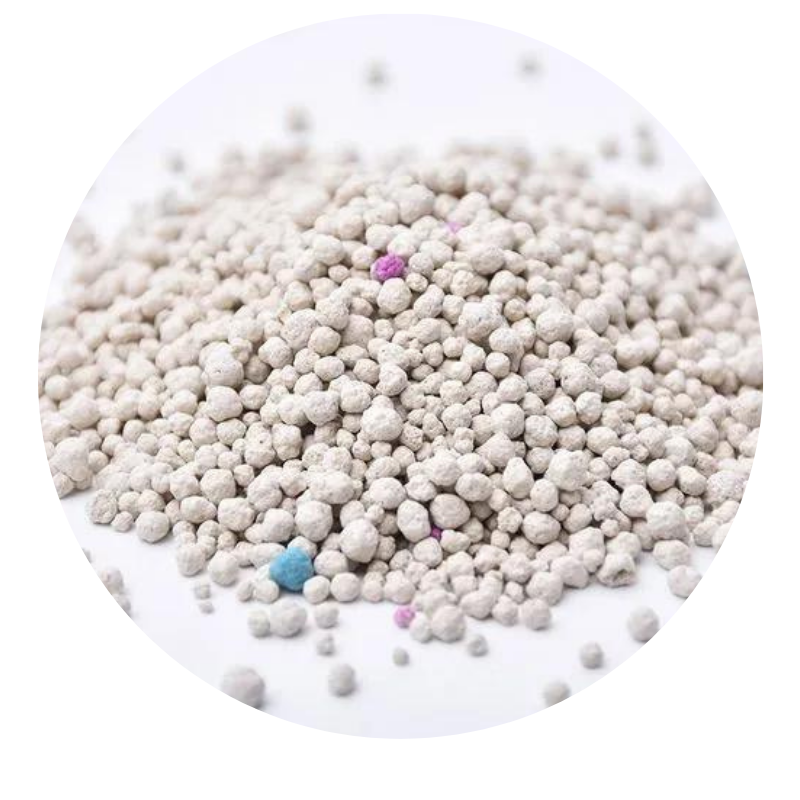
Manufacturing Process of Peat Moss, Vermiculite, and Perlite for Gardening Applications
The Importance of Peat Moss, Vermiculite, and Perlite in Horticulture
In the realm of horticulture, soil composition plays a pivotal role in the growth and health of plants. Among the various soil amendments and media, peat moss, vermiculite, and perlite stand out as essential components, each offering unique benefits. This article explores the significance of these substances, focusing on their properties, uses, and the role factories play in their production.
Understanding the Components
Peat Moss is an organic material harvested from peat bogs. As sphagnum moss decomposes over thousands of years, it forms a spongy, water-retaining substance that is rich in nutrients. Peat moss is highly valued for its ability to improve soil structure, enhance moisture retention, and provide aeration. It serves as a great base for potting mixes, particularly for plants that require well-draining yet moisture-retentive conditions. Furthermore, peat moss has a slightly acidic pH, making it suitable for acid-loving plants such as blueberries and azaleas.
Vermiculite is a naturally occurring mineral that expands when heated. This expansion creates a lightweight, absorbent material that enhances soil aeration and drainage while also holding moisture and nutrients. Vermiculite is particularly effective in seed starting and rooting cuttings, as it provides a sterile environment that minimizes the risk of disease. Its ability to retain water makes it an excellent choice for indoor plants, especially those that thrive in high humidity.
Perlite, on the other hand, is a volcanic glass that has similar properties to vermiculite but is less absorbent. When heated, perlite expands and forms lightweight, white granules that improve aeration and drainage in soil mixes. It prevents soil compaction and promotes healthy root growth by allowing air to circulate freely. Perlite is often used in potting mixes, providing a robust structure for various plant types, particularly succulents and cacti that require excellent drainage.
peat moss vermiculite and perlite factory

The Role of Factories in Production
The increasing demand for peat moss, vermiculite, and perlite in both commercial horticulture and home gardening has led to the establishment of specialized factories dedicated to the production of these materials. These facilities are equipped with advanced technology to ensure the efficient extraction, processing, and packaging of peat moss while sustainably managing the environmental impact.
For vermiculite and perlite, mining operations extract raw materials, which are then processed through heating and expansion. Factories employ skilled workers who oversee the production process to maintain high quality and consistency across batches. Quality control measures are crucial, as the performance of these materials directly affects plant growth and development.
Sustainability is becoming increasingly important in the manufacturing process. Many peat moss producers are now implementing sustainable harvesting techniques to minimize ecological disruption. Moreover, there's a growing interest in alternative materials that can replace or supplement peat moss, addressing environmental concerns related to peat extraction.
Conclusion
Peat moss, vermiculite, and perlite are essential components of modern horticulture, providing the necessary structure, aeration, and moisture retention for healthy plant growth. Their unique properties make them indispensable in gardening and agricultural applications. As the industry continues to evolve, factories play a critical role in ensuring the sustainable production of these materials, helping to meet the demands of both professional growers and home gardeners alike. With increasing awareness of environmental issues, the future of these components will likely involve more sustainable practices and innovations, paving the way for a greener approach to horticulture.
Share
-
Premium Talcum Powder Enhanced with GPT-4 Turbo | Soft & Long-LastingNewsAug.02,2025
-
Fly Ash Solutions Enhanced by GPT-4 Turbo | Sustainable InnovationNewsAug.01,2025
-
Natural Premium Bentonite Cat Litter - Superior ClumpingNewsJul.31,2025
-
Premium Resin Coated Sand - High Heat Resistance CastingNewsJul.31,2025
-
High Quality Silicon Carbide Grit for Abrasive ApplicationsNewsJul.30,2025
-
High-Quality Ceramsite for Plants & Gardening | Lightweight PebblesNewsJul.29,2025






